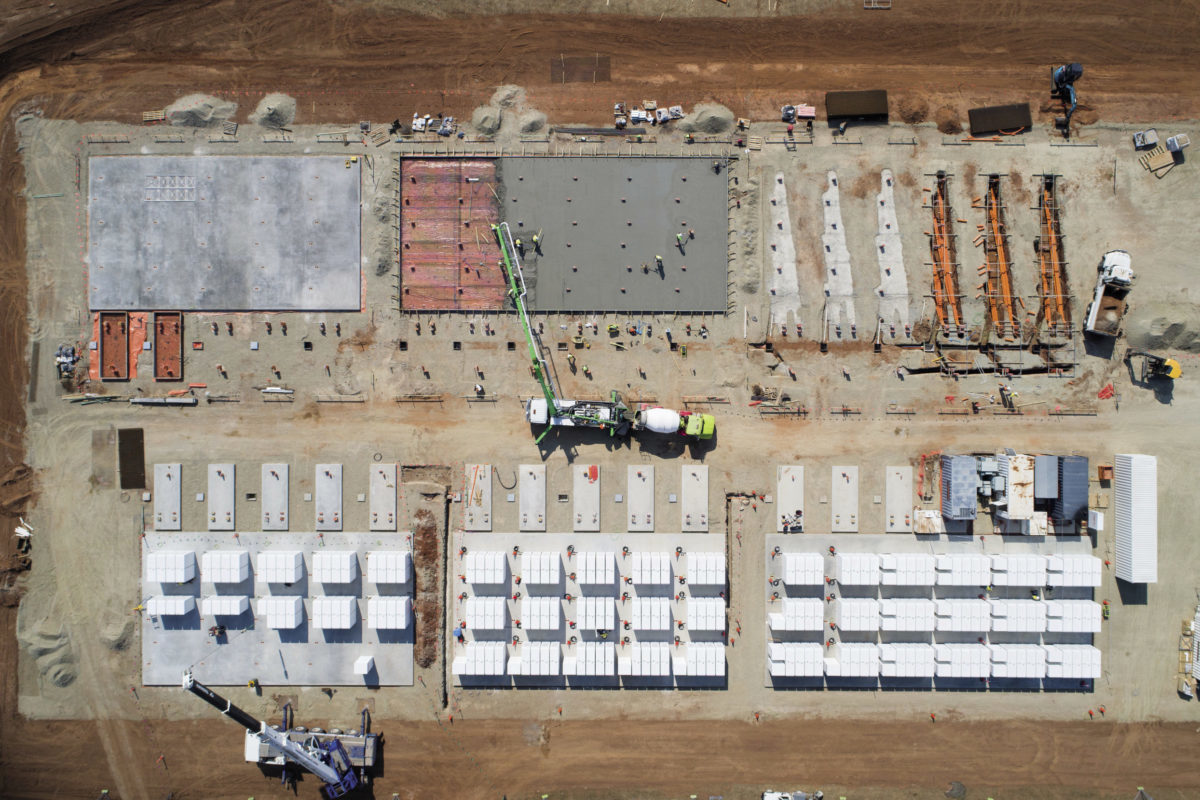New storage data released today by IHS Markit shows a global project pipeline of 10.4 GW by the end of the first quarter, following a 53% increase in installations last year.
IHS Markit’s figures come a week after an inaugural storage market report by GTM Research, and the two reports display both similarities and differences.
Last week’s GTM Research report found that the industry added 1.4 GW of new storage capacity in 2017, with the U.S. leading the way in installed capacity, with a figure of 431 MW.
The data from IHS Markit, meanwhile, suggests that 1.9 GW of new capacity was installed in 2017, with South Korea overtaking the U.S. as the largest storage market globally. These two nations, along with Japan, accounted for more than half of 2017’s global storage installations, the analysts found,
This year, IHS Markit expects new capacity to reach 3 GW, drawn from a longer-term project pipeline that stands at 10.4 GW as of March 31.
Further to these numbers, IHS Markit has identified four global trends for the year. These include the growth of co-located solar+storage projects, which will account for around 40% of in-front-of-the-meter (utility-scale) storage installations in 2018; behind-the-meter (residential and C&I) installations to grow and to account for more than half of new storage capacity from 2023; battery-backed storage to continue challenging gas-fired peaker plants in meeting the capacity needs in California and, thus, ushering in significant battery growth in the state; and new energy storage deployment targets in many markets driving greater integration and adoption of the technology.
“The global battery energy storage market gained significant momentum in early 2018,” said IHS Markit. “Emerging business models, such as gas-peaker replacement and renewable firming, have been successfully demonstrated, leading to a strong uptick in the global pipeline.”
The first quarter in particular was highly active, and built on encouraging policy developments that presage a bright future for the sector. Such developments have included, in the U.S., the FERC Order No. 841, which will remove key barriers to storage in numerous wholesale markets nationwide; a 1.5 GW storage target in New York State; and the launch in Austria of a federal subsidy program for small-scale solar plus storage – a policy loosely mirrored in several German states.
This content is protected by copyright and may not be reused. If you want to cooperate with us and would like to reuse some of our content, please contact: editors@pv-magazine.com.








By submitting this form you agree to pv magazine using your data for the purposes of publishing your comment.
Your personal data will only be disclosed or otherwise transmitted to third parties for the purposes of spam filtering or if this is necessary for technical maintenance of the website. Any other transfer to third parties will not take place unless this is justified on the basis of applicable data protection regulations or if pv magazine is legally obliged to do so.
You may revoke this consent at any time with effect for the future, in which case your personal data will be deleted immediately. Otherwise, your data will be deleted if pv magazine has processed your request or the purpose of data storage is fulfilled.
Further information on data privacy can be found in our Data Protection Policy.